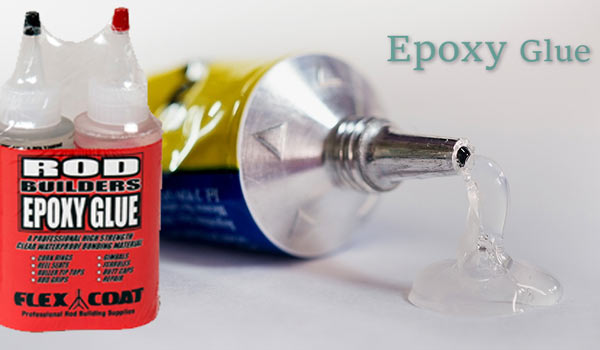What Is Epoxy Glue And How to Use It?
When put in simple words, epoxy glue is a mixture of epoxy polymer or resin and a hardener. This kind of glue is often used as a topcoat on other materials.
You might have seen the use of epoxy resin on tabletops or even some decorative pieces. But, epoxy glue is often used to attach two surfaces of the same material together.
Nowadays, industries are relying heavily on epoxy glue because of its strong, durable, and resilient thermosetting features. But what is epoxy glue? How this kind of glue can go through extreme stress levels and last through intense environmental conditions?
So, let's get to know this glue a little bit more in-depth.
Table of Contents
What Is Epoxy Glue? Everything you need to know
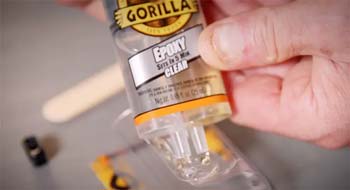
Epoxy is a component that is often structured with a mixture of two starting compounds. These compounds are hardeners and resin.
When you add resin to a specific catalyst, the process of curing is initiated. Here, an exothermic reaction takes place where the molecular chains react at a very high chemical active site.
The amine group or the hardener, and the epoxide group of the resin come together and form a covalent bond. This combination results in the creation of a cross-linkage of polymer. This is why epoxy glue is so strong.
When making, the temperature conditions of the reaction are monitored heavily. If the compounds are not used in the right measurement, the chemical reaction won't take place, and the epoxy will not cure.
Depending on the kind of hardener, and resin that you have chosen, the electrical, thermal, and chemical resistance of the resulting epoxy will vary.
This is why the components, resin, and hardener are often mixed and matched to make different types of glue to suit different types of industries.
Types Of Epoxy Glue
Epoxy glue is sometimes altered to fit different types of industries.
1. Pre-Catalyzed
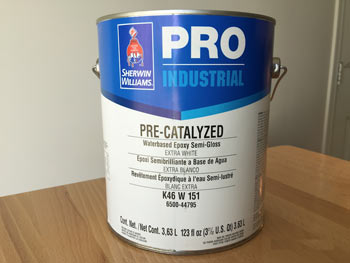
A very common type of epoxy glue that is available in a liquid state in stores is the pre-catalyzed one.
Here, the hardener or the catalyst is already added to the formulation. All you need is a little bit of heat to activate the hardener and kick start the process.
These kinds of epoxy glue can cure a lot faster than two-component epoxy glue. People who are new to this sort of adhesive, and are not sure about how much resin and catalyst to add to the mixture, will benefit greatly from this product.
There is no measurement required, and all of the materials have been pre-mixed for you. This kind of glue eliminates mixing errors significantly.
Sometimes, you need a UV machine to cure the epoxy resin completely. But, some types of pre-mixed epoxy glue can also cure at ambient temperature.
Depending on the brand and formulation of the product that you have bought, the curing process can take from 6 to 12 hours.
2. Two-Part Epoxy Glue
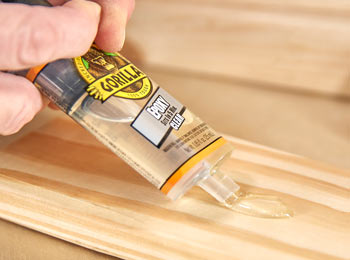
This is the type of epoxy glue that is often used in industries. Here, the hardener is not mixed in with the resin.
You have to measure the catalyst and the resin separately and mix them together. Making this kind of epoxy glue takes a lot of practice and fine-tuning.
If you do not measure the components correctly and maintain the catalyst-to-resin ratio, the glue will not form properly. Epoxy resin that is not properly mixed, or does not have enough amounts of the component will not cure.
That is why it is only advisable for experts to use two-part epoxy glue.
The benefit that you get from using two-part epoxy glue is that it lasts a long time. Because the resin and hardener are not mixed in together, they will not automatically cure in the bottle. You can store these components separately for years!
Where Is Epoxy Glue Used?
Epoxy glue is often used in industries to attach surfaces such as plastic, wood, break, ceramic, metal, and even concrete.
Besides using this as a glue, epoxy is also sometimes used as a topper. When cured, epoxy can have a very shiny finish which gives furniture a nice glossy touch.
Basically, epoxy can be used in a variety of materials including both plastic and metal.
How To Use Epoxy Glue? 3 Steps Explained
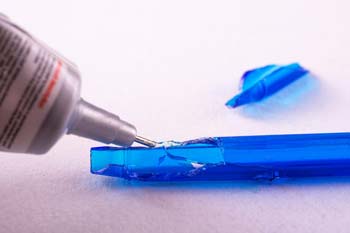
There are a lot of different factors when it comes to using epoxy glue properly. Here are some of the things that you need to keep in mind before using this adhesive.
Step 01: Mix Properly
The first step in using epoxy glue is to mix the epoxy. If you are using two-part epoxy, you need to measure the resin and the hardener very carefully.
After you have measured the components correctly, you need to mix them together for at least 5 minutes.
Make sure that no air bubbles get inside the mixture. Removing air bubbles from epoxy glue mixtures is very tough. Often, the air bubbles do not pop at all and cure into the adhesive permanently.
Step 02: Pour Slowly
When spreading or pouring the epoxy glue, you have to be very patient.
If you tap out the epoxy too quickly, there is a possibility of you getting a lot of air bubbles inside.
Try to work slowly so that the layer of epoxy is even.
Step 03: Let It Cure
After you have joined the services together using the epoxy glue, you need to wait for a while.
If you have used the epoxy in a large amount, you will have to wait at least 24 hours to let the epoxy cure completely.
In general, it is a good idea to not touch the wet epoxy, as it can leave a mark on it. Touching wet epoxy is also not a good idea as it can harm your skin. That is why, if you are working with a large amount of epoxy, you need to wear gloves for sure.
Final Words
Epoxy glue has become a staple in a lot of working industries. Because the glue is so strong in nature and durable, it can stick stuff together for a long time!
Now that you know what is epoxy glue and how it works, you will be able to understand the adhesive's characteristics better. In a way, this might help you navigate its uses properly.

